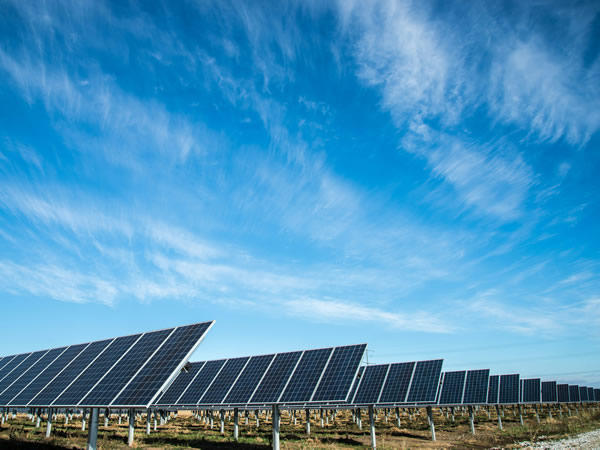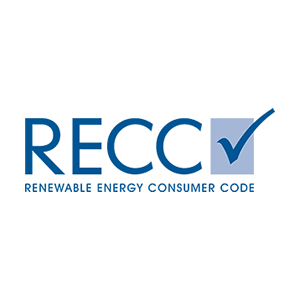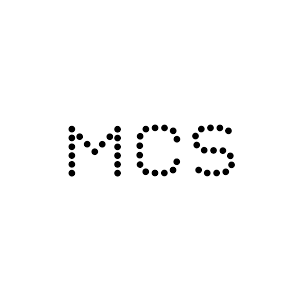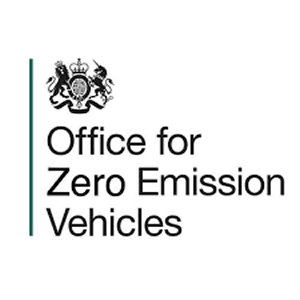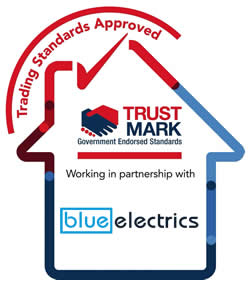When you’re setting up a solar energy system for your home, you’ll often come across the terms AC (alternating current) and DC (direct current). Understanding the difference between these two types of electrical current is essential for optimising your solar PV system and battery storage. Let’s break it down in a way that’s easy to understand, especially for residential customers.
What is Direct Current (DC)?
Direct Current (DC) is the type of electricity generated by solar panels. In a DC circuit, the electric charge flows in one direction from the negative terminal to the positive terminal. This is the same type of current you get from batteries, including the ones in your remote control, car, and your home’s solar battery.
DC in Solar Panels
Solar panels convert sunlight into DC electricity. Each solar cell within a panel acts like a small battery, generating a voltage (typically around 0.5 volts per cell) when exposed to sunlight. These cells are connected in series to form a higher voltage output suitable for household use. For example, a typical solar panel might consist of 60 cells producing around 30 volts of DC power.
What is Alternating Current (AC)?
Alternating Current (AC) is the type of electricity that comes out of your wall sockets. In an AC circuit, the electric charge changes direction periodically. In the UK and Europe, this happens 50 times per second (50 Hz), while in the US, it occurs 60 times per second (60 Hz).
Why AC is Used in Homes
The reason AC is used for transmitting electricity over long distances and in homes dates back to the late 19th century. Nikola Tesla and Thomas Edison were the key figures in the “War of the Currents.” Tesla championed AC, while Edison supported DC. AC won out because it could be transmitted over long distances with less power loss, thanks to the ability to easily transform voltages using transformers.
How AC and DC Relate to Solar PV and Battery Systems
Solar Panels and DC
Solar panels generate DC power because it’s a straightforward process of converting sunlight directly into electrical energy. However, most of your home appliances run on AC power, which means the DC power from your panels needs to be converted.
The Role of Inverters
This is where inverters come in. An inverter converts the DC power generated by your solar panels into AC power that your home can use. There are different types of inverters, including string inverters and microinverters, but they all perform the same basic function of converting DC to AC.
Battery Storage
Batteries store energy in DC form. When your solar panels produce more electricity than your home needs, the excess energy is stored in your batteries as DC power. When the sun isn’t shining, this stored DC power can be used to power your home. However, just like with the solar panels, this DC power needs to be converted to AC power by an inverter before it can be used by your household appliances.
Practical Example: A Day in the Life of Your Solar System
Let’s walk through a typical day with a solar PV and battery storage system.
Morning
As the sun rises, your solar panels begin generating DC power. This power is converted to AC by the inverter and used to power your home. Any excess DC power not immediately needed is sent to charge your battery.
Midday
By midday, your solar panels are generating the most power. Your home might use some of this power directly, while the excess charges your battery fully. If your battery is fully charged, any additional power is sent back to the grid (if your system is set up for grid export).
Evening
As the sun sets, your solar panels stop generating power. Your home now relies on the energy stored in the battery. The battery discharges DC power, which is converted to AC by the inverter to power your home.
Night
During the night, if your battery runs out of stored energy, your home will draw power from the grid. This ensures you always have a reliable source of electricity.
Benefits of Understanding AC and DC for Your Solar Setup
Optimised System Design: Knowing the difference between AC and DC helps in designing a more efficient solar and battery storage system tailored to your home’s needs.
Energy Independence: By effectively managing how you convert and store energy, you can maximise your use of solar power and reduce reliance on the grid.
Cost Savings: Efficient use of solar and battery systems can lead to significant savings on electricity bills, especially with proper management of energy conversion and storage.
Future-Proofing: Understanding these concepts prepares you for future advancements in solar technology, such as high voltage direct current (HVDC) transmission, which offers even greater efficiency over long distances.
In conclusion, both AC and DC play crucial roles in your solar PV and battery storage system. By understanding how they work together, you can make informed decisions about your setup, ensuring you get the most out of your investment. Whether it’s powering your home directly from solar panels or storing excess energy for later use, knowing the difference between AC and DC is key to harnessing the full potential of solar energy.

